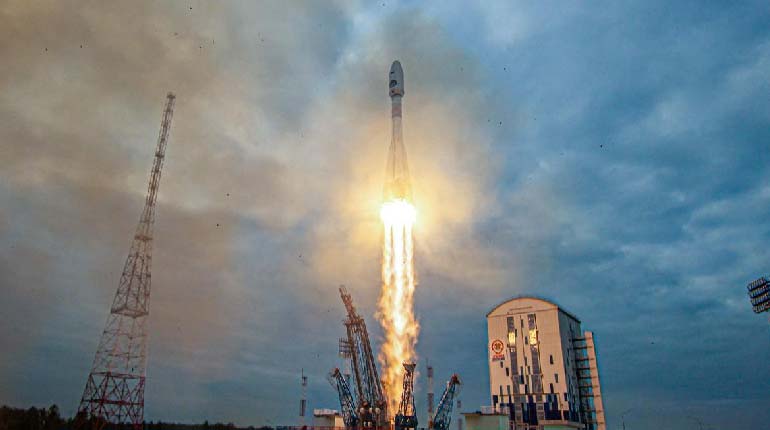The Russian probe Luna-25, the first spacecraft to land on the south pole of an Earth satellite, recorded a micrometeorite impact on the lunar surface.
“Most likely, the micrometeorite belongs to the Perseid meteor shower, which the Luna-25 spacecraft successfully passed on its flight to the Moon,” Russian space agency Roskomos said in a statement.
This phenomenon was recorded by the PML dust spot detector, which can also determine the parameters of the surrounding plasma.
Before landing on Monday, the probe is conducting science experiments with instruments such as the ARIES Neutral and Charged Particle Detector and the ADRON-LR Neutron and Gamma Ray Spectrometer, Roskomos explained.
This Thursday the Russian spacecraft already sent the first photos of the lunar surface with the cameras of the STS-L system.
The Russian Space Agency posted on Telegram a photo of the Zeman Crater, located near the moon’s south pole and not visible from Earth.
The crater is 184 kilometers in diameter and some of its rims reach a height of eight kilometers.
The probe, which took off from the Vostochny Cosmodrome in the Russian Far East on August 11, entered orbit this Wednesday after a five-day and nearly ten-hour journey.
The probe should touch down on the lunar surface on August 21, two days before India’s Chandrayaan-3 probe launched on July 14.
Luna-25, the successor to the Soviet Luna-24, the third spacecraft to collect samples from the lunar surface in August 1976, hopes to find water in the form of ice on our satellite.
A Soviet spacecraft, Luna-2, had already landed on said satellite in 1959, which the United States followed years later with its Ranger program.





:quality(85)/cloudfront-us-east-1.images.arcpublishing.com/infobae/KTKFKR763RBZ5BDQZJ36S5QUHM.jpg)